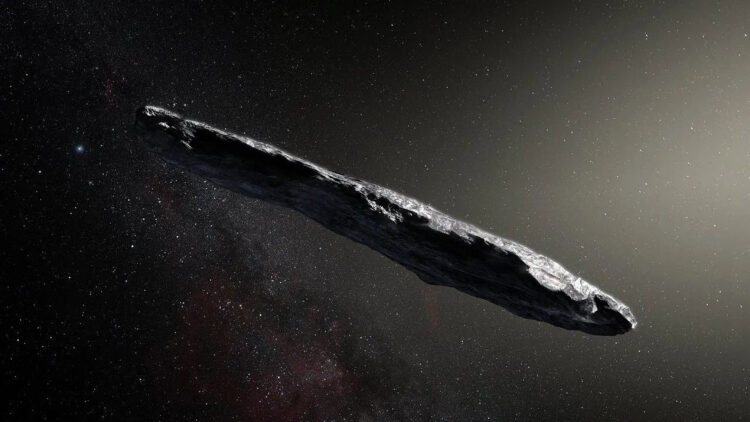NASA scientists are closely monitoring a newly identified category of celestial objects known as “dark comets.” They resemble asteroids but exhibit comet-like behavior, challenging our understanding of both groups. Consequently, these dark comets pose important questions about their origins and potential implications for Earth.
What exactly are dark comets?
Dark comets were first suggested in a 2016 study of asteroid 2003 RM, which exhibited unusual orbital deviations not explained by typical asteroid dynamics.
“When you see that kind of perturbation on a celestial object, it usually means it’s a comet, with volatile material outgassing from its surface giving it a little thrust,” said study co-author Davide Farnocchia of NASA’s Jet Propulsion Laboratory in Southern California. “But try as we might, we couldn’t find any signs of a comet’s tail.”
In 2023, researchers verified the existence of seven dark comets; this number has since increased to 14 with the recent discovery of an additional seven.
A study published on December 9 in the Proceedings of the National Academy of Sciences indicated that these objects can be classified into two distinct populations based on their orbits and sizes.
“We had a big enough number of dark comets that we could begin asking if there was anything that would differentiate them,” states Darryl Seligman, a postdoctoral fellow at Michigan State University and lead author of the study.
Understanding the two populations of dark comets
The first group, dubbed “outer dark comets,” shares characteristics with Jupiter-family comets. They have highly eccentric orbits and are larger, measuring hundreds of feet across.
“Inner dark comets,” on the other hand, reside closer to the Sun, within the inner solar system, and are typically smaller, often measuring 33 feet or less in diameter. Their nearly circular orbits differentiate them from their outer counterparts.
This classification implies that these comets may have originated from the asteroid belt between Mars and Jupiter. As researchers delve deeper, Seligman speculates these objects could have played a role in the origins of life on Earth.
“Dark comets are a new potential source for having delivered the materials to Earth that were necessary for the development of life,” he says.
What these dark comets mean for Earth
The odd behaviors of these comets prompt questions about their composition. Unlike traditional comets that display tails, dark comets’ non-gravitational acceleration indicates they might harbor sublimating ice or other volatile materials. This feature positions them as potential water sources for early Earth, supporting theories about how life-sustaining materials arrived on our planet.
However, while dark comets can shed light on the origins of life, they also present risks. The acceleration of these celestial bodies can change their orbits, complicating predictions about their trajectories.
What’s more, says Farnocchia, a recent study “found that there could be way more dark comets than we know” that exist in the inner solar system. This is crucial for Earth defense, as accurate orbital modeling is vital for determining whether any asteroid or comet could threaten our planet.
Given the possibility that dark comets may have played a huge role in delivering life-sustaining materials to Earth, it becomes increasingly important to monitor and investigate them.
“The more we can learn about them, the better we can understand their role in our planet’s origin,” Seligman emphasizes.
NASA’s vigilance regarding dark comets highlights the importance of these celestial bodies. While they offer potential insights into the origins of life on Earth, they also present unique challenges for planetary defense. As scientists work to unravel the mysteries surrounding dark comets, their findings could greatly boost our understanding of the solar system and our place within it.

